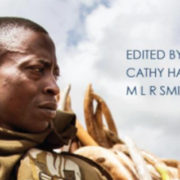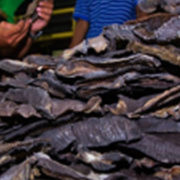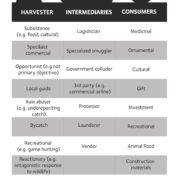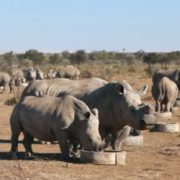Probing the Elephant in the Room
By: Vian Sharif , Doctoral Researcher, Oxford Martin Programme on Illegal Wildlife Trade and Alexander Rhodes, Managing Associate, Mishcon de Reya LLP
At first glance, the imminent extinction of the world’s most iconic species – for example, the black rhino – primarily looks like a challenge for conservation science. Yet, with rhino horn prices anecdotally exceeding $60,000 per kilogram on global black markets in recent years, at the heart of this issue is the behaviour of the buyer willing to pay prices higher than the street price of cocaine or gold to acquire it. Crucially, the need to understand the motivations and psychological drivers of consumers’ desire to acquire and own illegal wildlife products and influences upon them, like the media and tools commonly employed in commercial marketing campaigns, has now come to the fore as a potential means of reducing consumption.
Our report, Analysis of conservation initiatives aimed at reducing demand for traded wildlife in China and Vietnam, commissioned by Stop Ivory for the Elephant Protection Initiative & The Royal Foundation aimed to set out for the first time in one central resource a summary and analysis of the major ‘demandside’ initiatives carried out between 2004-2014 in two key consumer markets, China and Vietnam, for elephant, rhino, tiger and pangolin products. The report provides an overview and analysis of their findings and outputs, and also includes the compilation of a searchable database of these initiatives by mapping existing campaigns, educational initiatives and market interventions used to initiate changes in key audiences, for example consumers or policy
makers.
By comprehensively scoping the activities taking place to address demand in consumer countries for illegal wildlife, we aimed to present the cumulative knowledge gathered by these initiatives in one open source resource made available to any organisation wishing to access it. We wanted to build an understanding of the most effective interventions to reduce demand for illegal wildlife products, and for this knowledge to contribute to the production of tools and guidance to support governments, nongovernment organisations (NGOs) and others in developing their campaigns. Through making this data available to all, we aim to provide a resource for those planning interventions, and the potential for discussion around future collaborations and interventions to achieve conservation impact in as efficient and effective manner as possible.
You may access the full report here
Article edited by: Nafeesa Esmail

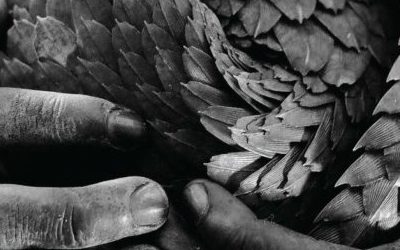
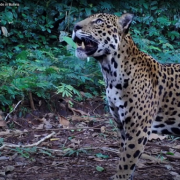 Melissa Arias
Melissa Arias